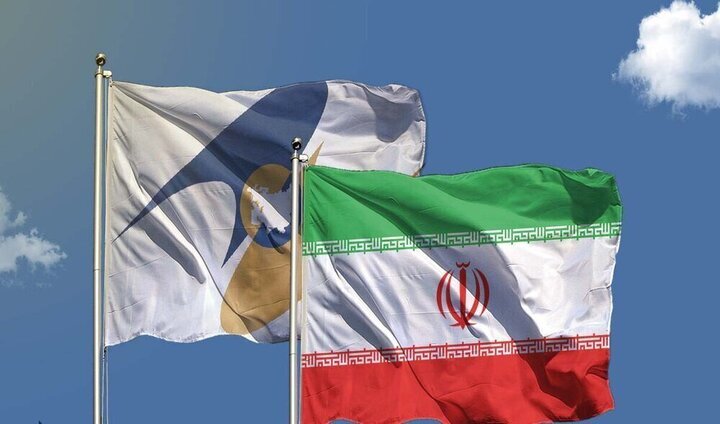INSUBCONTINENT EXCLUSIVE:
Trade Promotion Organization (TPO).Seyyedi emphasized that trade growth and infrastructure development must advance in tandem
infrastructure was limited at the time of launching the preferential trade agreement with the Eurasian bloc, the foundations for improvement
The subsequent growth in trade confirms that both trade flows and infrastructure have developed together.Seyyedi underlined the importance
of strengthening transport routes within the regional corridors and said that Iran and its Eurasian partners remain in ongoing discussions
to ease transportation bottlenecks.He called for continued financial investment in infrastructure to support the next phase of trade
liberalization.He also highlighted improvements in financial exchanges between Iran and the Eurasian Economic Union, noting that monetary
transactions have become significantly smoother and more frequent over the past five years.These advances, he said, demonstrate the Iranian
government's sustained efforts to facilitate trade integration with Eurasia.In mid-March, Iran's embassy in Moscow reported that the free
trade agreement between Iran and the Eurasian Economic Union would come into effect in 60 days.According to the report, Iranian Ambassador
to Russia Kazem Jalali officially confirmed the approval of the agreement in a telephone conversation with Andrei Slepnev, the EAEU's trade
The formal conclusion of the legal procedures for the free trade agreement between Iran and the EAEU member countries was announced by
Jalali as the agreement progresses through all signatory nations.The two sides expressed their satisfaction with the upcoming implementation
of the agreement, calling it a key factor in boosting trade exchanges in the region.The Iranian embassy added that under the terms of the
agreement, the free trade agreement between Iran and EAEU member states would be enforceable 60 days after all participating countries have
completed their legal processes
Signed in December 2023 in St
Petersburg, the agreement will exempt 87 percent of trade goods between Iran and the EEU member countries from customs tariffs.The free
The EEU, which comprises Armenia, Belarus, Kazakhstan, Kyrgyzstan, and Russia, represents a strategic bloc that spans a vast geographical
area and includes some of the largest markets in the post-Soviet space
For Iran, the deal opens up opportunities for enhanced access to these markets, which are especially vital amid ongoing economic challenges
and sanctions.The agreement aims to improve bilateral trade and strengthen economic ties by reducing tariffs and easing trade barriers
With 87 percent of traded goods now exempt from tariffs, Iranian businesses are expected to benefit from reduced export costs, particularly
in sectors such as agriculture, industrial goods, and energy
Similarly, EAEU countries will gain easier access to Iran's markets, known for its growing demand in various sectors, including construction
materials, consumer goods, and energy resources.Additionally, the free trade agreement is likely to have a broader geopolitical impact
It signals closer economic ties between Iran and the Eurasian region, aligning Iran with its broader foreign policy goals of diversifying
economic partnerships outside of Western spheres
This agreement strengthens Iran's position in the region, especially as it looks to integrate more deeply into the global economy despite
the pressures of sanctions and diplomatic isolation.In related news, Iran's exports to EAEU member states have increased by 22 percent,
according to recent figures
Furthermore, the agreement will enable zero-tariff trade with five countries in the Eurasian region.EF/MA

